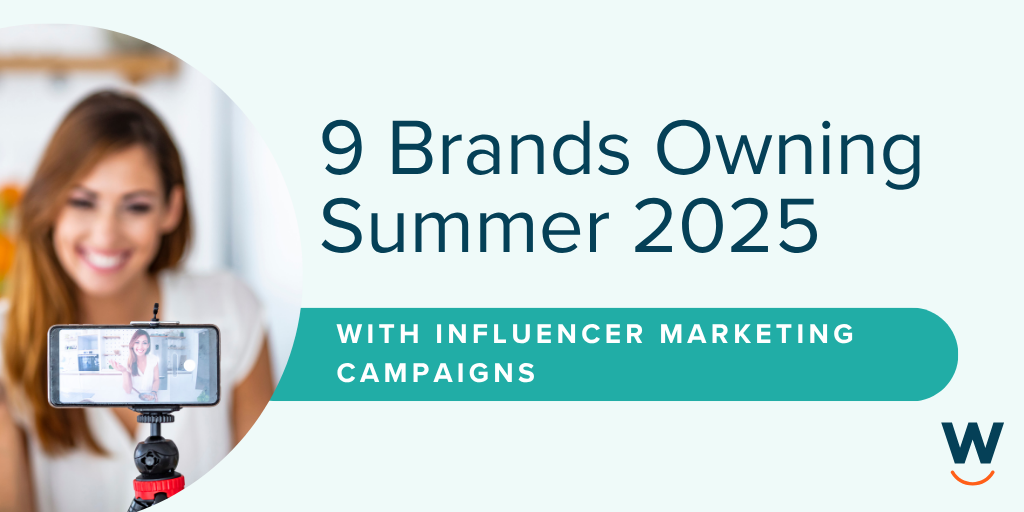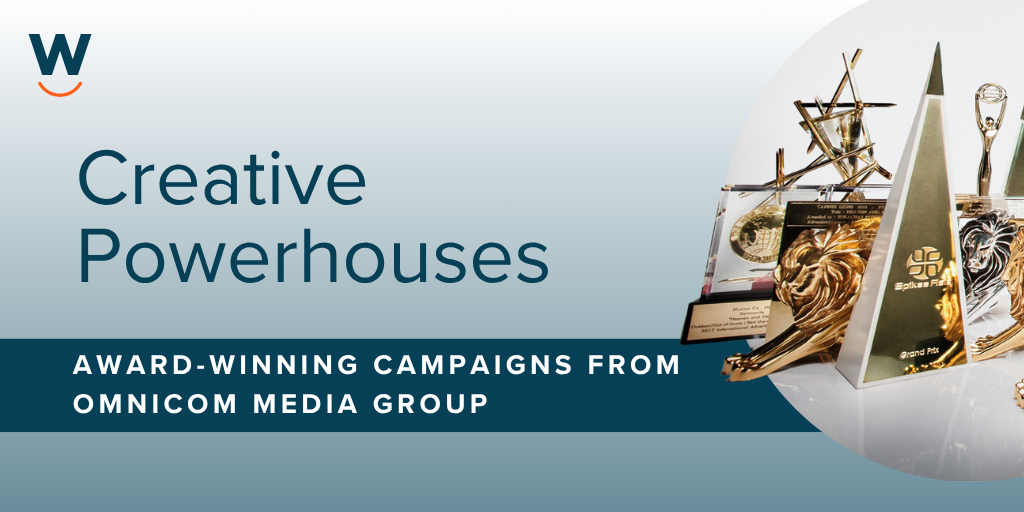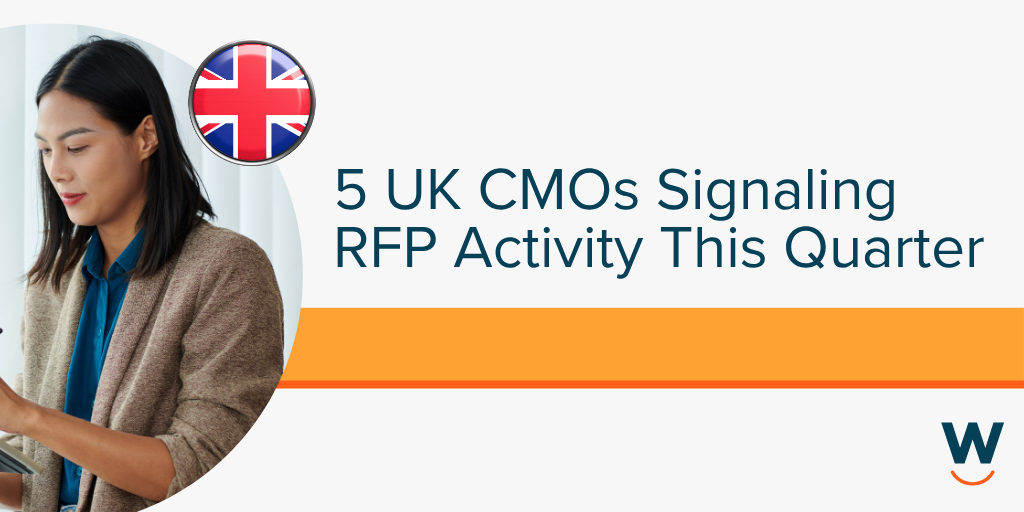
Why Trust is Your Best Sales Prospecting Tool
Indifference is how you lose customers and prospects. When customers stop caring whether they get a service or product from you or someone else, that’s a sure sign that they don’t trust you anymore, and trust is essential to customer retention and growth.

Broadly speaking, relationships will move through four stages of trust, spending varying lengths of time in each stage. Your goal is to move them from hostility to loyalty quickly, but to do that you need to be able to identify where they are right now.
Hostile
To begin, when a potential customer becomes aware of you, they’ll have some degree of hostility, indifference or skepticism toward you, your company or your product. Hostile seems like a very strong word, but think about this example:
You’re walking through the mall when someone approaches you and asks if you’d sign their petition. You don’t know anything about their cause, and so you pretend you didn’t hear them or wave a hand dismissively in their direction and keep walking.
Is that hostile? It’s certainly not friendly, and if someone behaved that way toward you, you might wonder what their problem is.
Align your cause with their self-interest
Since the petitioner hadn’t managed to quickly align their cause with your interests, you didn’t prioritize it above the things you were already trying to accomplish. Their attempted interruption of your life is an irritant. Sure, timing is an issue here, but so is messaging. They hadn’t made their cause your cause, and so you didn’t care about it—even if the effects would affect your life.
Of course, in sales, you’re the petitioner, trying to get a signature from a prospect. You’ll be more successful if you can clearly articulate what your cause is, what action are you trying to get your prospects to take, and why they should care about it.
To get past hostility fast there are a few things you can do, but the best two tactics are:
- Provide something valuable
- Follow through with promises
If that seems too simple, consider all those ads you see for ebooks on LinkedIn. They provide something valuable for a very nominal cost (your email address), and they follow through with promises by contacting you after your download to make sure you’re getting the most out of the content. Webinars work in a similar way: they provide something valuable, and the presenter will usually follow through on sending you the slides and a recording afterwards.
Transactional
The jump you just made was to trade something valuable for the prospect’s attention (or email address), and that puts you in a transactional relationship.
Most sales relationships are transactional. The buyer or seller approaches the other with the offer of a deal, they come to an agreement and complete their transaction. This kind of relationship includes a power differential, which is to say that at any given moment one party has more power than the other. Sometimes it’s a little, sometimes it’s a lot, and while it’s not always apparent, it affects each party’s motivation and negotiation position. For example:
You decide to buy a car. You expect to have to haggle to get the price you want for the car you want, but you’re surprised when the salesman quickly agrees to your terms.
What just happened? The salesman was motivated to make a sale, even if it favored you, the buyer. But why? There’s a good chance that some external influence you didn’t know about was at work—maybe the salesman had hit his goal and every sale now was just more icing on the cake. Maybe he was having trouble hitting his goal and his boss had told him he needed to just move more units and worry less about the margins. Whatever the reason, the additional motivation to make a deal shifted the power in the relationship to you as the buyer.
Pay attention to power differentials
For making sales, a transactional relationship is just fine, but you should be aware that if the power differential shifts in favor of your prospects you’re going to have a harder time making deals that you (or your boss) like, and your prospects are going to have more choices in the market.
Familiarity with your brand alone can’t make your customer loyal, and while there’s some loyalty in the transactional phase, it’s a loyalty born of convenience. Transactional relationships are logical. They’re based on rational decisions that are good enough deals that are acceptable to both sides.
To jump from transactional to the next stage, predisposed, you need to:
- Consistently deliver outstanding value
- Establish a personal connection beyond the transaction
This is essential because from here on out, the relationship is emotional rather than intellectual.
Predisposed
In a relationship where the prospect is predisposed, they simply have a preference for working with you or your product. Here’s an example scenario for you:
You usually drive a BMW but you see a great ad from Mercedes that makes you decide to take the new CLS Coupe out for a test drive (because who wouldn’t, right?). Despite great incentives from the dealer, and a test drive you enjoyed, you still lean in the direction of BMW’s 640i Gran Coupe. You love how BMWs drive, the customer service at their showrooms and service centers, and you know them—so you stick with BMW.
It takes a lot of work to earn this kind of loyalty—which, remember, can be swayed—but once you have it, it also takes a lot to lose it. Predisposed customers are more likely to be forgiving of a brand because their relationship is much deeper than buying and selling products.
Take the focus off the transaction
A customer who is predisposed to working with you understands the value of your product and is prepared to overlook the things that detract from it because of your relationship and the work you have both put in.
These customers feel like their relationship with you is valued, and that they can rely on you to make things right if everything isn’t perfect. In fact, many of them will have stories about times you did that, and they’ll share those stories with their friends and peers.
So how do you get those customers to feel predisposed toward you? Well, this time it takes more than just responding to questions quickly. To grow this relationship:
- Make personal connections
- Understand their industry and how they fit into it
- Be genuinely interested in what’s going on in their lives
No, it’s not easy, and it takes time, but it’s worth it.
There’s a reason taking a prospect to dinner or to the driving range helps increase conversions: it’s because it also accelerates the movement of the relationship from transactional to predisposed—especially if you talk about them instead of what you can sell them.
Loyal
This is the Holy Grail. While brands like Apple, Starbucks, Google and your college football team all have competitors, they have tribal followings who cannot be shaken from their preference. For this group it would take something outlandish like…let’s say exploding batteries…to make them re-think their purchase decisions.
These customers see the brands they reach for as status symbols, they are part of the brands identity and the brand is part of theirs. Don’t believe me? Go find someone with an iPhone on their desk. Point at it and ask them what it is.
It’s my iPhone.
Not it’s my phone: It’s my iPhone.
As a sales person there’s only so much you can do directly to earn this kind of loyalty. In the end, the quality of the product has a massive impact on whether the customer comes back.
Stop selling
But there are things you can do to help create this kind of loyalty. You can stop selling. They’ve already demonstrated that they’d prefer to buy from you, even if your solution is imperfect.
By the time customers are nearing this level of loyalty, all you really just have to is:
- Put the product in front of them
- Help them understand how it’s better than the previous iteration
- Explain why the cost increased and how their ROI will also increase
Then let their brand loyalty carry them to the sale.
There’s a saying in restaurant hospitality: come for the food, come back for the service. Customer loyalty is influenced much more by customer service at this level. When brands make the decision to wow their customers, even if it costs a little bit more, they’re investing in future brand loyalty.
And here’s one final example about what can happen if you don’t pay attention to trust-building practices:
Google Fiber is being rolled out where I live. Everyone—and I mean everyone—I know is planning to switch from the cable provider we currently have. It’s not that the service into our homes is poor, though it’s sometimes unreliable, but the service is expensive, and the customer service is a bad joke. Nobody is going to stay with the cable company. We don’t even know if Google Fiber is going to be better, we just think it can’t be worse and we’re prepared to take the risk on a different experience.
Don’t let your customers become indifferent to whether they remain your customer.
And that’s where we came into this conversation.




